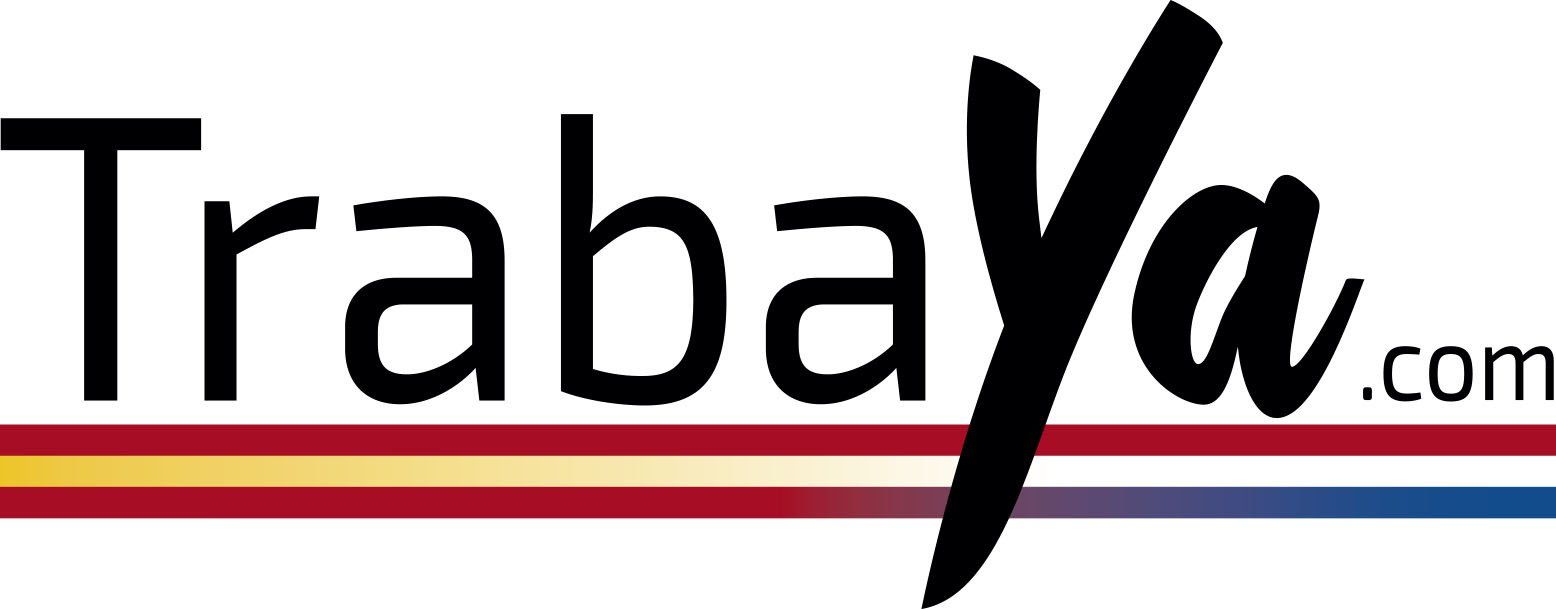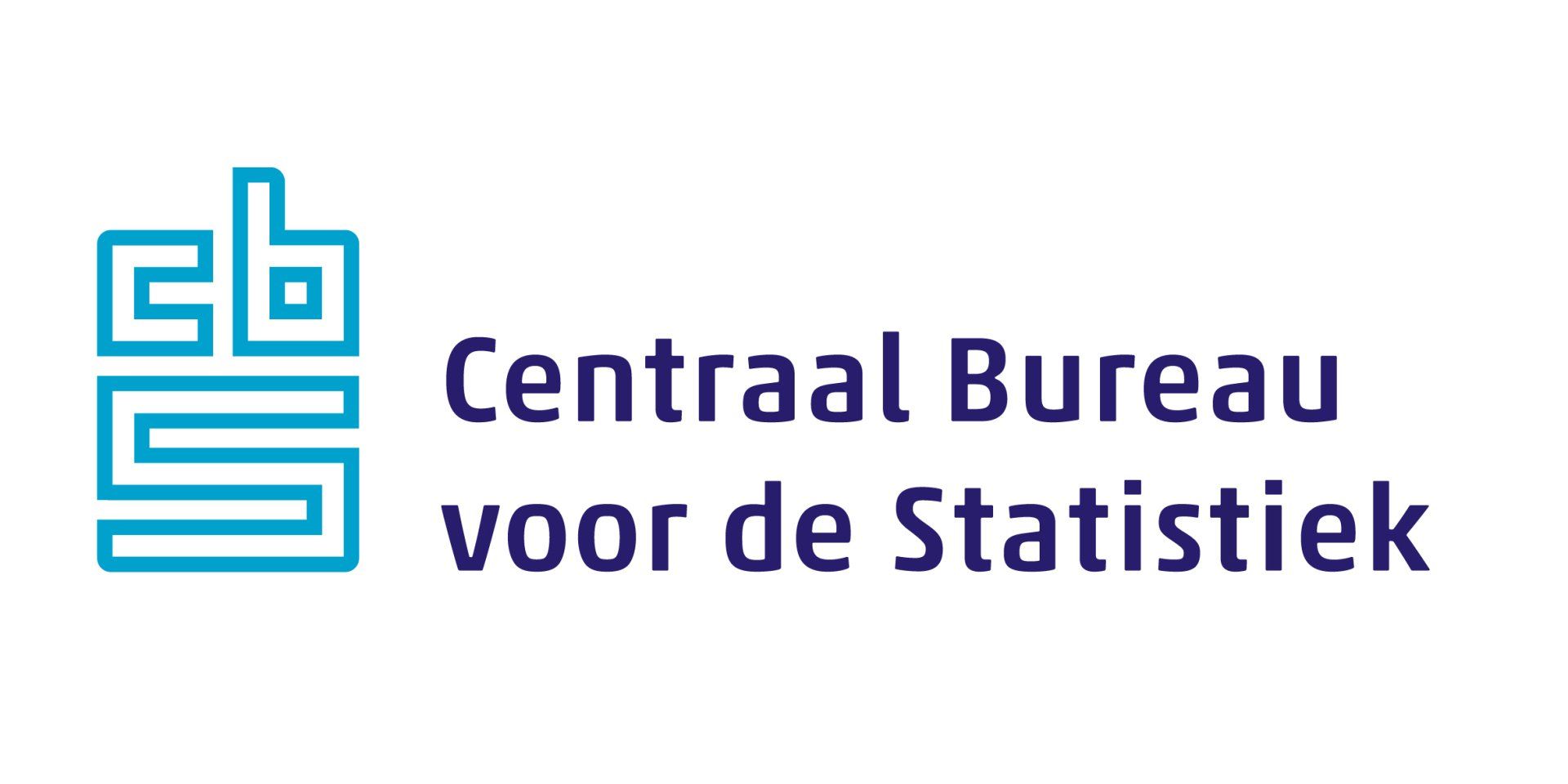
Working in Austria
Get work experience, learn more languages, earn more, meet new people. There are many reasons to start working in one of the wealthiest countries in Europe right now! Thousands of jobs are waiting for enthusiastic people like you.
¨Get work experience, learn more languages, earn more, meet new people.
There are many reasons to start working in one of the wealthiest countries in Europe right now! Thousands of jobs are waiting for enthusiastic people like you.¨
Types of Work Visas in Austria
Not every foreigner who enters Austria needs a visa. For example, European Union (EU) and European Economic Area (EEA) nationals do not need a visa. However, all applicants from outside these areas must apply at the closest Austrian embassy or consulate general in person. Since Austria falls within the Schengen area of Europe, all foreigners will apply for a Schengen visa, which is broken down into further categories depending on the applicant’s situation.
Some of the types of work visas in Austria include:
- Red-White-Red Card: This visa is valid for 24 months and allows applicants to live in Austria. However, employees can only work for the employer specified in the application and must fall into a specific category.
- Six-month residence visa: An option for those who want to temporarily move to Austria to find a job.
- Students’ residence permit: After completing studies or relevant training, student residence permit holders can renew the permit for 12 more months to find a job or start a business.
- Jobseeker visa: This visa is only for very highly qualified workers.
- EU Blue Card: As an alternative to the Red-White-Red Card, the EU Blue Card allows applicants equal work rights to Austrian citizens.
- Business visa: Individuals visiting Austria for business activities for less than six months can apply for a business visa to stay compliant. Countries with agreements for visits up to 90 days do not need a visa.
Requirements to Obtain Austria Work Visas
Austria uses a points-based system to help determine which category applicants fall under, including very highly qualified workers, skilled workers who can fill shortages, start-up founders, graduates of local higher education institutions, self-employed key workers, and other key workers. These categories then help determine what type of visa the applicant is eligible for.
All of these categories are eligible for a Red-White-Red Card, which is what most foreigners apply for when working in Austria. Keep in mind that requirements vary based on what classification your employees fall under and what kind of visa they apply for. For example, to be considered a very highly qualified worker, individuals will need:
- A passport
- A birth certificate or equivalent document
- A photo taken within the last six months
- Proof of accommodation
- Proof of health insurance
- Proof of financial ability to support yourself
- To submit biometric data
Additionally, the eligibility criteria points system requires other measures of proof, including:
- A university or higher education degree
- Gross annual salary for a senior management position
- Research and innovation activities
- Awards and prizes
- Testimonials and work certificates
- Language skills
- Studies in Austria
Keep in mind that EU and EEA nationals do not require a visa and can stay for more than three months as long as they have a registration certificate and adequate financial means of living in the country or attending college. After five years of living in Austria, anyone can apply for a long-term residence certificate.
Application Process
There are several options to apply for a Red-White-Red Card depending on the applicant’s skills, qualifications, and desired career path. After submitting the above requirements to the local Austrian embassy, applicants must pay a fee. For example, those needing a jobseeker visa to cover their time in Austria before applying for a full work permit will owe 120 EUR for the Red-White-Red Card.
The immigration authorities’ website lays out all the ways you can get a work visa in Austria depending on your employee’s category and desired visa. If you’re not sure which is best for your circumstances, we recommend consulting with a local immigration specialist or agency. Better yet, you can also contract a Global PEO such as Globalization Partners to handle all of this for you.
Other Important Considerations
An Austria work permit does not cover residency, so all employees will need to obtain a separate residency permit option. For a temporary residence permit, they must show their work permit, statement of salary or income, and a letter from the employer. They can eventually apply for permanent residency after five years of living in the country legally.
All rights reserved Trabaya Europe B.V. Trabaya Europe is a member of the Nansen Capital Group. Logos on this website belong to the organization(s) where we linked to. No rights can be derived from information displayed on this website. The contact between employee and employer is direct, through a communication application (App) or website.
Trabaya Europe B.V. does not form part of any employment contract between the employer and the employee.
Our contact service between employee and employer is from free to paid use by the customer.
Trabaya Europe B.V. is not an employer or employment agency.







